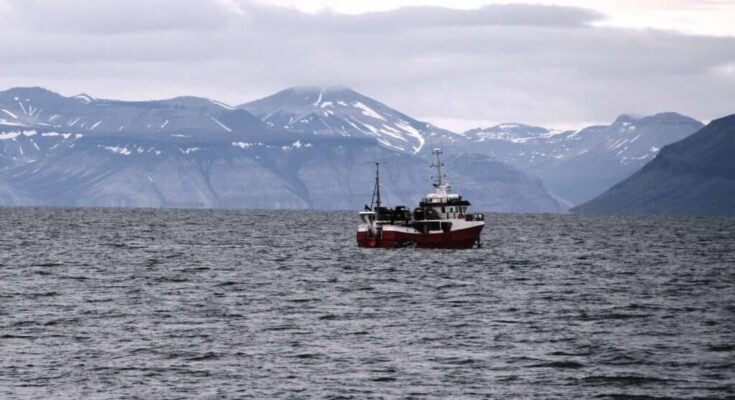
In September 2023, a massive landslide in Greenland led to a mega-tsunami and a nine-day earthquake that shook the entirety of our planet. Experts believe this was the result of climate change.
The unusual event was picked up by earthquake sensors worldwide. Initially, researchers were unsure as to what caused it.
However, after looking into it, they discovered that the rise in global temperatures may be putting places once thought to be safe at greater risk of such natural disasters. This shows how climate change is already affecting our planet in unprecedented ways.
Mountain peak collapsed into isolated Dickson Fjord, resulting in mega-tsunami and consequent earthquake
On September 16, 2023, a 1,200-meter-high mountain peak collapsed into the isolated Dickson Fjord in Greenland. The glacier beneath it, weakened by melting, could no longer support the mountain’s rock face.
This collapse resulted in a massive, 200-meter high wave. As the water surged back and forth in the narrow fjord, it sent seismic waves across the Earth that lasted more than a week.
Out in Science! We solved the mystery of a 9-day-long global seismic signal from September 2023: a massive landslide in Greenland caused a 200m tsunami, sending seismic waves worldwide for nine days. pic.twitter.com/LmMu3D4L4w
— Kristian Svennevig (@K_Svennevig) September 13, 2024
Dr. Kristian Svennevig from the Geological Survey of Denmark and Greenland led the research on the landslide and tsunami in eastern Greenland, which was the first ever recorded in that area. The Arctic, warming faster than any other region, has also witnessed similar but smaller events in western Greenland, Alaska, Canada, Norway, and Chile.
When Svennevig and his team first detected the signal, they were confused by it because it didn’t look like a typical earthquake with an abrupt onset and likewise sudden end.
The seismic signal was much longer and less pronounced. Initially, the researchers had no idea what caused it and labeled it as an unknown seismic event. After further investigation, they linked it to the landslide and tsunami.
Greenland is now at risk of further landslides
The landslide and tsunami in eastern Greenland were notable because it was the first time such a massive event had been recorded in the region. The event suggests that eastern Greenland is now at risk of additional landslides.
The powerful waves destroyed an uninhabited Inuit site that had been standing for over two hundred years, showing that nothing of this scale had occurred in the area for at least two centuries.
A number of huts at a research station on Ella Island, located 70 km (45 miles) away from the landslide, were also destroyed. This station, originally set up by fur hunters and explorers two centuries ago, is now used by scientists and the Danish military.
The fjord where the landslide occurred is a popular route for tourist cruise ships. In September, a cruise ship with 200 passengers got stuck in the mud in Alpefjord near Dickson Fjord. Fortunately, the ship was freed just two days prior to the tsunami hitting, avoiding waves that were estimated to be between four to six meters high.



